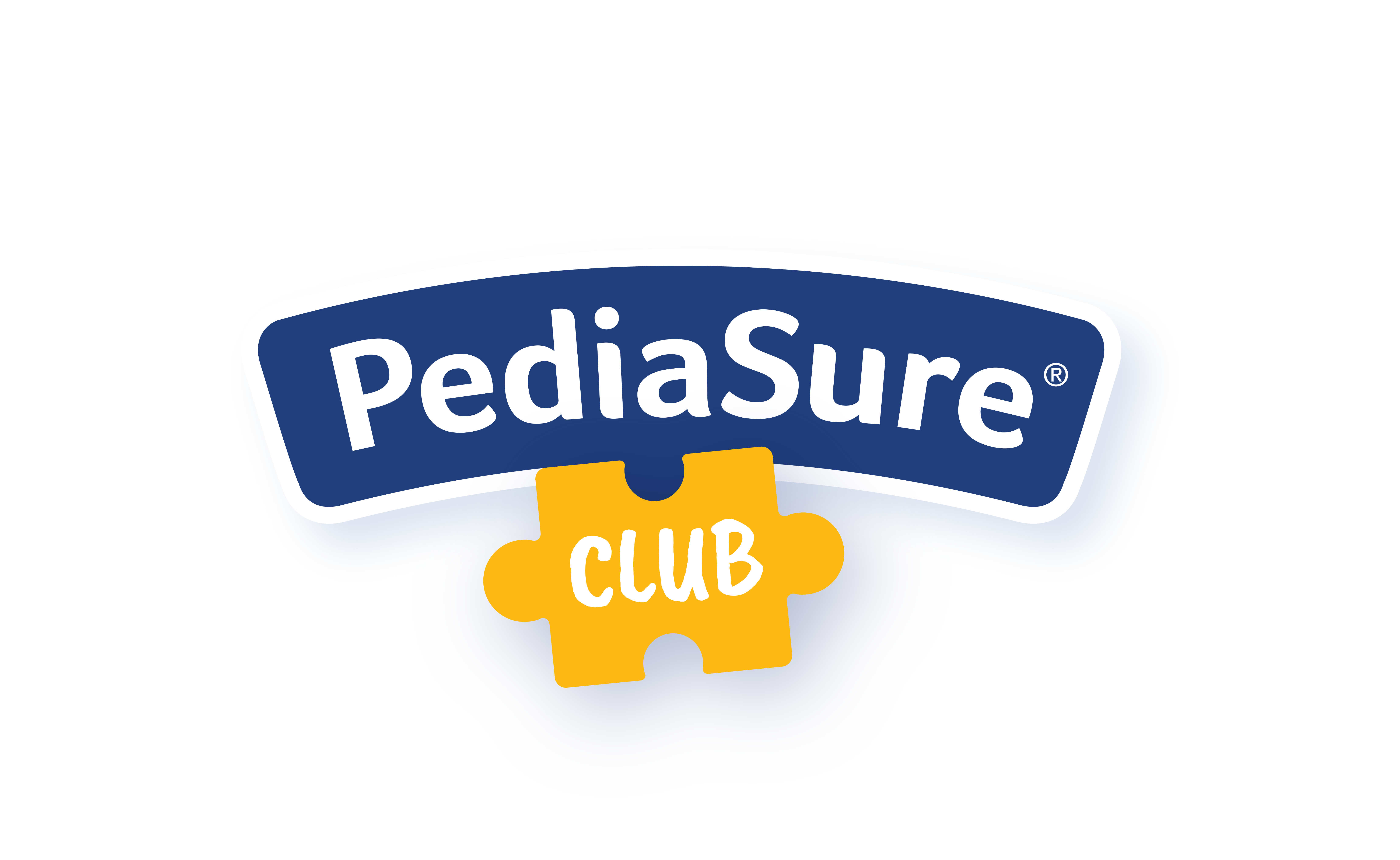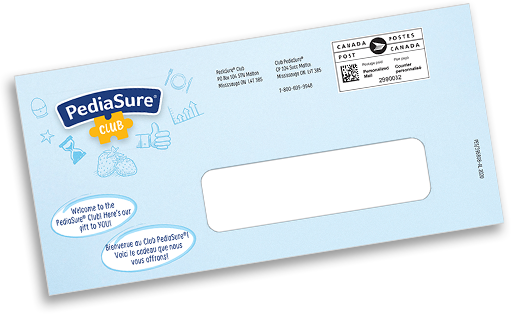JOIN THE CLUB!
Sign up to save up to $50‡ on PediaSure® and receive valuable tips and great-tasting recipe ideas.

‡ Offers may vary.
The Nutrition Facts table shows the amount of nutrients per serving, but note that one serving is not always the total amount in one container. Also, the percentage of Daily Values (DV) listed for the nutrients is based on Recommended Dietary Intakes (RDI) or reference standards for the general population. Your child may need less than 100% of each nutrient, so you should keep that in mind when you’re evaluating the nutrient amounts on a Nutrition Facts table. You may want to consult your pediatrician or dietitian to determine your child’s specific needs.
This part of the Nutrition Facts label has five sections of information:
 Serving:
Serving:Tells you the size in a common household measure (units, fractions, cups, etc.), as well as in volume and/or in weight (in mL or grams) of a single serving.
 Calories:
Calories:Shows the number of calories per serving.
 Main nutrients:
Main nutrients:Amount of each nutrient per serving, which includes fat, carbohydrate along with fibre, protein, cholesterol, and sodium. This section also indicates the % of Daily Value for selected nutrients.
 Vitamins and minerals:
Vitamins and minerals:This listing shows how much of the vitamins and minerals are contained in each serving, along with the percentage of the recommended Daily Value they represent.
 Daily values (DV):
Daily values (DV):Explains the percentage of Daily Values each nutrient provides; ≤5% is a little and ≥15% is a lot.

All ingredients found in the product are listed on the food label in order of weight, with the heaviest ingredients listed first. Ingredients are what supply the nutrients and provide other product attributes such as colour and texture.
For more great information about how to use the Nutrition Facts label and the percentage of Daily Values, check out Health Canada’s website:



